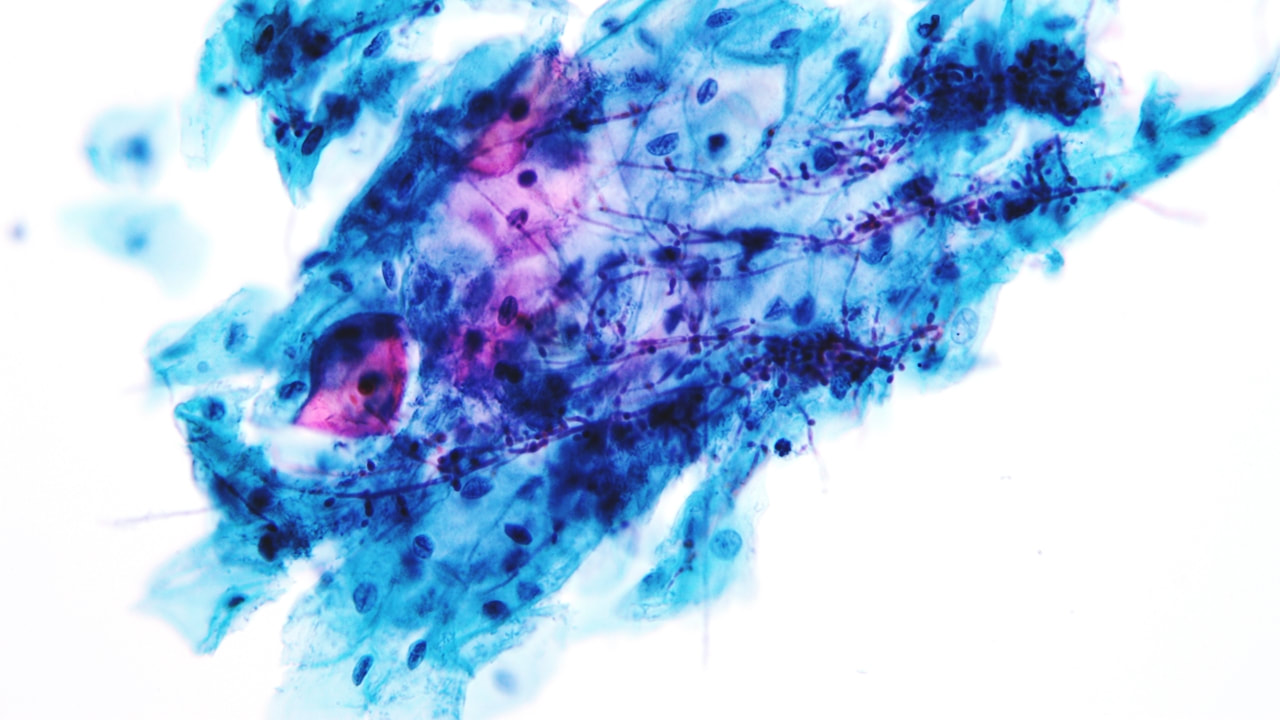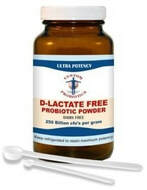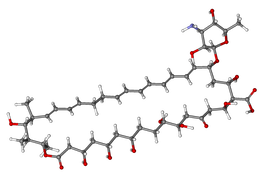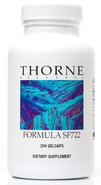Candida and Lyme Disease
4 Tips to Help Bring a Candida Overgrowth Under Control, Plus Rate and Review Popular Anti-fungals
Candida -- what is it? Candida, or yeast, is a fungus that can normally be found inside the intestines. It's supposed to be there, and while it normally doesn't pose a health problem, in people with chronic Lyme disease, conditions are created that allow candida to overgrow its space, and in an essence, become another coinfection. Part of the immune system's job is to keep candida in check, but a weak immune system will falter at this, and conditions for candida overgrowth are created. Optimal conditions for candida overgrowth are created when not only the immune system is weak, but when the good, friendly bacteria within the intestines are not strong enough to assist in controlling candida overgrowth.
People with chronic Lyme disease are the result of an immune system that could not initially fight off the Lyme infection because of a suppressed immune system, and this same immune suppression allows for not just Lyme disease to become chronic, but candida as well.
A person who is suspected of having chronic Lyme disease is then naturally given antibiotics, which then further contributes to a candida overgrowth by not only destroying the bad bacteria, but the good bacteria that help control candida, as well. A compromised immune system, plus low, friendly gut bacteria, equals candida overgrowth.
|
Candida overgrowth becomes a problem because it can contribute to a whole bunch of additional symptoms on top of chronic Lyme disease symptoms. Chronic Lyme disease is a runaway cytokine disease in which many of the symptoms a person experiences are caused by the body's immune response to the infection.
Persistent inflammation causes persistent symptoms due to the body's over production of an immune system messenger known as cytokines. More cytokines equals more symptoms, and in people with a candida overgrowth, more cytokines are created because, just like Lyme, candida itself consistently releases toxins into the body -- even more so during a candida die off.
|
|
Tip 1. Restore Friendly Gut Bacteria
The most basic part of reducing candida overgrowth is to help keep it in check, and restoring the population of friendly bacteria within the intestines is a good start. Helping to repopulate friendly bacteria within the intestines is done so by intentionally reintroducing them to the gut. The most popular method for reintroducing good bacteria into the intestines is with a good probiotic. Of course, there are so many strains of probiotics with different counts, but there are few brands that have really proven themselves effective specifically against candida overgrowth and this includes Custom Probiotics, Healthy Origins, and Renew Life.
The second method for reintroducing friendly bacteria into the intestines is with food containing live, active cultures. Yogurt is probably the first one that comes to mind, but people with chronic Lyme disease are likely avoiding dairy, so an almond or coconut based yogurt would be best. Coconut being more ideal because by nature, coconut is an anti-fungal and will kill candida. The lesser known food source of live cultures, but more effective would be raw, fermented food. A recent study of Dr. Mercola's raw sauerkraut showed that 2 ounces of raw sauerkraut has more friendly bacteria within than a 100 capsule bottle of probiotics.
Tip 2. Watch Your Diet, Yet Again
People with chronic Lyme disease are told to watch their diet because anything that goes into the body, can and does affect its chemistry. A paleo diet is recommended as a good diet to adhere to when dealing with chronic Lyme disease due to its low inflammatory nature. Couple with abstaining from gluten and dairy is to also be conscious of sugar intake as it can and does feed not only Lyme bacteria, but also candida as well. With a severe candida overgrowth, an abstention from all sugar laced products as well as fruit and some vegetables may even be necessary.
|
|
There is also a common misconception that a person dealing with candida overgrowth should avoid food-based yeast as it will only exacerbate candida overgrowth symptoms. This knowledge is unfounded, and when looked at from a logical perspective, it doesn't make any sense. The type of yeast strain that is used in food is different from that of the strain naturally found within the intestines of humans. It's similar to saying by consuming the bacteria found in raw sauerkraut, the growth of Lyme bacteria is facilitated -- this is untrue. However, while these are the logistics of consuming food-based yeast with a candida overgrowth, each person is unique and should listen to their own body's response to all they eat.
|
Tip 3. Be Wary and Prepared for Candida Die Off
When conditions in the body are created that become unfavorable for candida overgrowth, candida will begin to die and, just like the Lyme bacteria, cause a herxheimer reaction and further worsen symptoms as more cytokines are created to deal with toxins candida releases -- some 70-80 different toxins. It's important to note that before a person subjects themselves to more die off, the body's detoxification channels should be greatly supported so toxins generated from a candida die are expelled in an efficient manner and don't linger around contributing to more symptoms.
There are two specific toxins that candida release in larger amounts during a die off and these are ammonia and ethanol. People who are dealing with a CBS gene mutation should taken extra precaution during a candida die off because they'll be contributing to more ammonia in their body, as well as further depleting their molybdenum supply as these acetaldehyde candida toxins can only be detoxified from the body with molybdenum. Excess sulfur results as the byproduct of a CBS gene mutation and the body uses up its molybdenum supply in order to reduce the sulfur. Taking both molybdenum to remove the acetaldehyde candida toxins, and L-ornithine for candida generated ammonia, can help reduce the effects of a candida die off.
Tip 4. Kill the Excess Candida with an Anti-fungal
The same principle in killing the Lyme bacteria applies to killing excess candida. The goal is to reduce the amount of overgrowth or yeast load, and support the immune system and other channels that help keep the body feeling normal. As with Lyme also, the method for killing excessive yeast with an anti-fungal can be done with conventional and/or holistic medicine. In the case of severe candida overgrowth, conventional medicine seems to be the most effective and efficient in reducing the total yeast load within the body, however, each person is unique and what works for one may not work for the other.
While treating a candida overgrowth, it's also important to be vigilant of any foods you're eating that contain anti-fungal properties that may contribute to candida die off. Food items that should be used with caution while treating candida in order to better control die off symptoms include, but aren't limited to, turmeric, apple cider vinegar, garlic, and coconut.
The following are some of the most common methods for treating candida overgrowth. Always consult with your treating physician before altering any treatment protocol.
Anti-fungals
You can rate each antifungal that you've used for its effectiveness. Is Tired of Lyme missing an antifungal? Let us know!
|
|
A-FNG (Byron White Formulas)
|
Caprylic Acid
|
|
|
|
|
Diflucan (Fluconazole)
|
|
|
Grapefruit Seed Extract
|
|
|
Nystatin
|
|
|
Oil of Oregano
|
|
|
Thorne SF722
|
Resources
- Becky, Plotner. "Sauerkraut Test Divulges Shocking Probiotic Count."Nourishing Plot. N.p., 21 June 2014. Web. 19 Aug. 2015.
- "Oregano Oil: A Powerful Natural Antifungal » The Candida Diet." The Candida Diet. N.p., n.d. Web. 19 Aug. 2015.
- Freuman, Tamara. "We All Have Candida (And It's OK!)." US News. U.S.News & World Report, 10 Dec. 2013. Web. 19 Aug. 2015.
- Woeller, Dr. Kurt, DO. "The "Anti-Fungal Parade": An Option for Treating Resistant Cases of Candida." Public Health Alert. N.p., 6 May 2007. Web. 19 Aug. 2015.
Also on Tired of Lyme
Refresh
Refresh
Subscribe to Tired of lyme!
Subscribe to Tired of Lyme's mailing list and get notified of new articles!















Comments